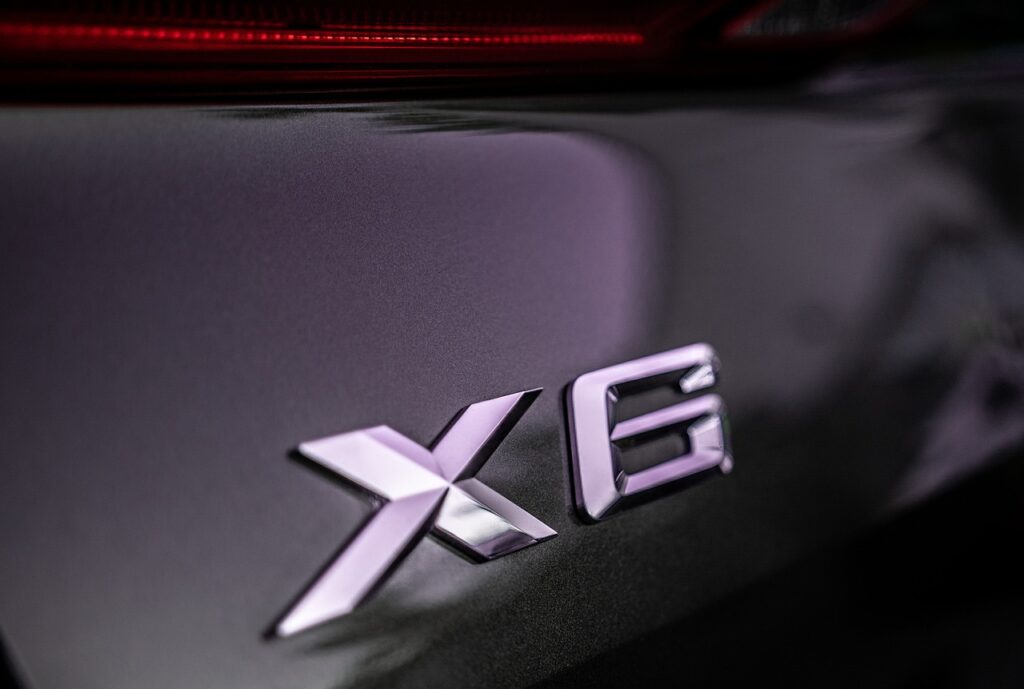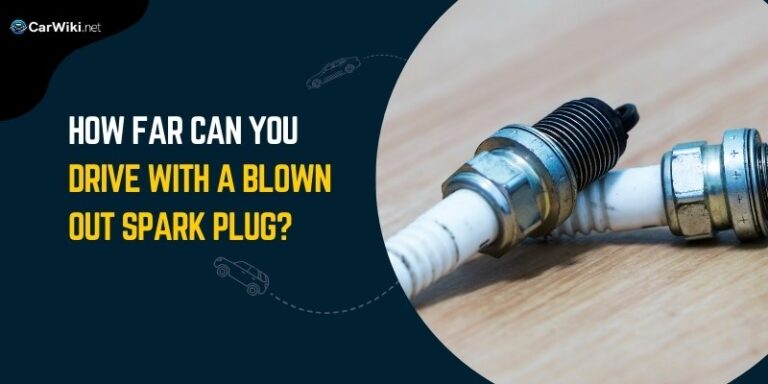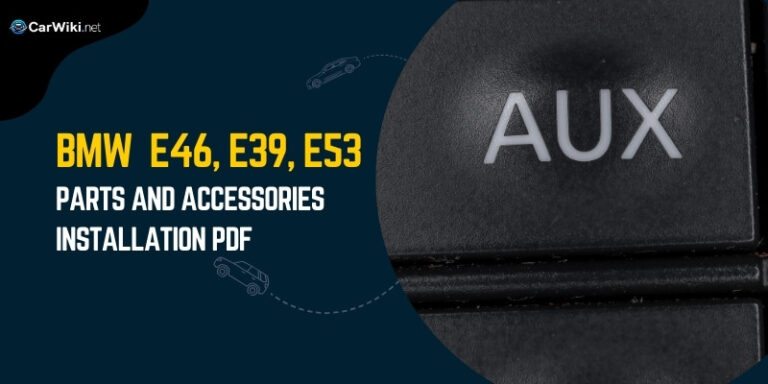BMW X6 (E71) Problems: What Buyers Must Know

BMW X6 E71 problems can put a damper on owning this stylish SUV. Before you buy, arm yourself with knowledge! We break down common issues by engine, model year, and offer solutions to keep your X6 running smoothly.
The BMW X6 (E71), with its distinctive styling and powerful engine options, carved out a niche for those desiring an SUV with a heavy dose of coupe flair.
However, before succumbing to the X6’s allure, potential buyers must be aware of the challenges this unique vehicle could present.
Engine Options: A Mix of Performance & Problems

The X6 (E71) featured a range of engines from BMW’s stable. Early models utilized turbocharged inline-six engines: the N54, famed for its tuning potential but sadly burdened by potential weak points like high-pressure fuel pumps, injectors, turbochargers, and VANOS systems.
The N55, found in later X6s, improved reliability but isn’t immune to turbocharger-related troubles. The X6 xDrive50i’s twin-turbocharged N63 V8 offers exhilarating performance but also increased complexity.
This engine is susceptible to oil leaks, premature valve stem seal wear (leading to excessive oil consumption), timing chain issues, and failures related to the hot-running turbos located within the engine’s ‘V’.
European market X6s with diesel engines have their own set of concerns, including swirl flap failure leading to engine damage, and potential catastrophic timing chain issues.
Model Year Matters: E71 Reliability Trends

Here’s a breakdown of how reliability generally varies depending on the X6 (E71)’s model year:
| Model Year | Potential Issues | Notes |
|---|---|---|
| 2008-2010 | Most prone to serious N54 engine issues (HPFP, turbochargers). V8s have a high potential for costly oil leaks. | Consider these years only if extensively modified for reliability or with service history proving proactive maintenance. |
| 2011-2012 | Improved reliability with the N55 engine, but still possible turbo problems. N63 V8 remains inherently complex. | Better choice reliability-wise, but still requires diligence. |
| 2013-2014 | Offer the best chance of fewer catastrophic problems. | Electrical gremlins, air suspension woes, and panoramic sunroof leaks remain possible, especially with higher mileage. |
Troubleshooting Guide: Common BMW X6 (E71) Problems
Beyond these engine-specific issues, the E71 X6 can also develop other problems. If you encounter any of the following, here’s where to start troubleshooting:
- Engine Hard Starts/Misfires: Begin by checking the condition of the spark plugs and coil packs. Walnut blasting the intake valves to clear carbon buildup can also be a necessity. More serious cases could point to fuel system issues (injectors, HPFP) or VANOS system faults.
- Oil Leaks: Valve cover gasket and oil filter housing gasket leaks are extremely common on the X6. Early detection is crucial, as neglecting them can lead to larger problems. The N63 V8 is especially prone to multiple leak sources, with valve stem seals often being the culprit.
- Electrical Gremlins: Start by checking battery health and charging system voltage. Faulty sensors and body control modules are often the culprits behind glitches ranging from malfunctioning windows to warning lights on the dashboard.
- Air Suspension Malfunction: Worn air springs, leaky air lines, and faulty compressors are the prime suspects in suspension-related issues. Specialized equipment is often needed for proper diagnosis.
BMW X6 (E71) Problems Beyond the Powerplant
- Air Suspension: Comfort & Complexity: X6s equipped with the optional air suspension system offer a plush ride and adjustable ride height. Unfortunately, as mileage accumulates, air compressors, springs, and related sensors become costly failure points.
- Electrical Quirks: Like many BMWs of this era, the E71 X6 can develop a myriad of electrical gremlins. These can range from faulty sensors and malfunctioning window regulators to glitchy entertainment systems – issues often difficult to diagnose and fix.
- Water Intrusion: Leaky panoramic sunroofs are a known weak point, potentially damaging interior trim, headliners, and even causing electrical faults. Additionally, check the trunk area for signs of water ingress, often caused by worn seals.
The Importance of Proactive Care

Meticulous maintenance is critical to minimizing the risk of expensive repairs with an E71 X6. Here’s what to prioritize:
- Frequent Oil Changes: Use only high-quality synthetic oil specified for your engine, and consider shortening the recommended change intervals.
- Inspect for Leaks: Oil leaks are commonplace, especially from valve cover and oil pan gaskets. Addressing these early prevents larger issues.
- Preventative Maintenance: Replace the water pump, thermostat, serpentine belt, and tensioners proactively according to a BMW specialist’s guidance, not just when they fail.
Maximizing Your E71 X6’s Reliability
- Don’t Ignore the ‘Small Stuff’: Seemingly minor issues, like a slightly weeping oil gasket or intermittent electrical fault can develop into major, costly repairs if left unaddressed.
- Invest in Diagnostics: Owning an E71 X6 often means investing in a BMW-specific diagnostic tool or cultivating a relationship with a trustworthy independent shop specializing in BMWs.
- Join the Community: Online forums specific to the E71 X6 are an invaluable resource for gaining knowledge on common issues, preventative maintenance strategies, and DIY solutions.
Should You Take the Plunge?
The BMW X6 (E71) is undeniably a stylish and powerful SUV, but it’s essential to approach ownership with realistic expectations. If you prioritize hassle-free motoring and minimal repair costs, this BMW may not be the best fit.
However, if you’re drawn to the X6’s unique character, are mechanically inclined (or have the budget for professional expertise), and understand the need for diligent maintenance, ownership can be a rewarding experience.
Always factor in the higher ownership costs compared to a more mainstream SUV when making your decision.





